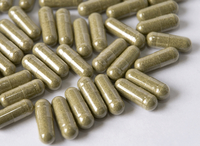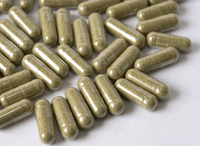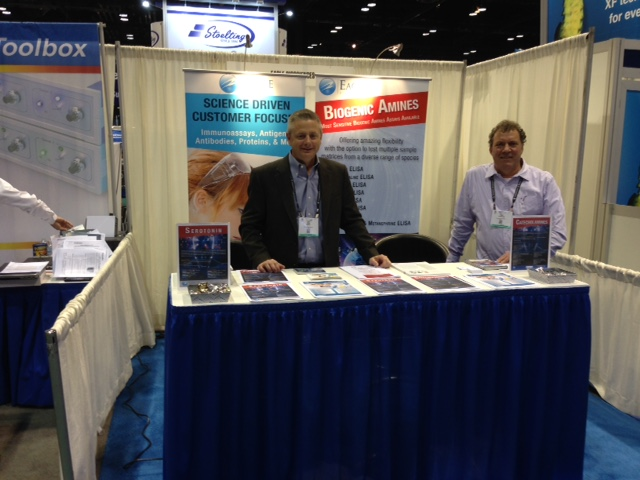

What are Antibody-Drug Conjugates?
Antibody-drug conjugates (ADCs)are a new type
of targeted therapy for cancer treatment that offer significant promise to
oncology-related areas. ADCs are cancer
cell specific monoclonal antibodies that are conjugated with highly potent
cyotoxics via a specific linker, which deliver and release the drug directly
inside the tumor cell. The ADC’s antibody binds with a specific receptor on the
target cell’s surface. The linkage is then broken and the ADC releases a lethal
toxin into the cell. ADCs, thus have potential to significantly increase target
specificity and reduce toxicity.
Ideally, this targeted therapeutic approach attacks
diseased cells while leaving healthy ones alone. This is a strategy that could
result in more effective treatments for cancer and other diseases with fewer
toxic side effects than current traditional chemotherapies.
Why Measure Antibody-Drug Conjugates?
Measurement of circulating specific cytotoxic ADCs are extremely important for pre-clinical and clinical studies to help
discover unique, targeted, efficacious, and safer anticancer treatments. In fact, their ability to directly target and
deliver highly potent cytotoxic agent to tumor cells creates a more favorable therapeutic
window than would be achieved by the administration of free cytotoxic agent.
The antibody–drug conjugate field has made
significant progress recently due to careful optimization of several parameters
such as mAb specificity, drug potency, linker technology, and the stoichiometry
and placement of conjugated drugs. Measuring such analytes provide unique
insight and incredible value to cancer research, and
more specifically antitumor therapeutic investigation.
Related Kits:
MMAE Antibody Drug Conjugate (ADC) ELISA Assay Kit
MMAF Antibody Drug Conjugate (A DC) ELISA Assay Kit
DM1 Antibody Drug Conjugate (ADC) ELISA Assay Kit
Immunology Assay Kits
Related News:
Antibody Drug Kits- DM1, MMAE, MMAF: Product Highlights
New Antibody–Drug Conjugate (ADC) Study Utilizes Eagle
Biosciences’ DM1 ADC ELISA Assay Kit
October 2014: Eagle Biosciences Introduces New Antibody Drug
Conjugate ELISA Assays
References:
1 .Alley S. et al. “Antibody–drug conjugates: targeted drug delivery for cancer.”Next Generation Therapeutics. 14(4):529-527.
2. Girish, S. et al. “Clinical pharmacology of trastuzumab emtansine (T-DM1): an antibody–drug conjugate in development for the treatment of HER2-positive cancer. Cancer Chemother Pharmacol. 2012; 69:1229–1240.
3.Ornes, S. et al. “Antibody–drug conjugates.” PNAS. 2013; 110(34): 13695.



















